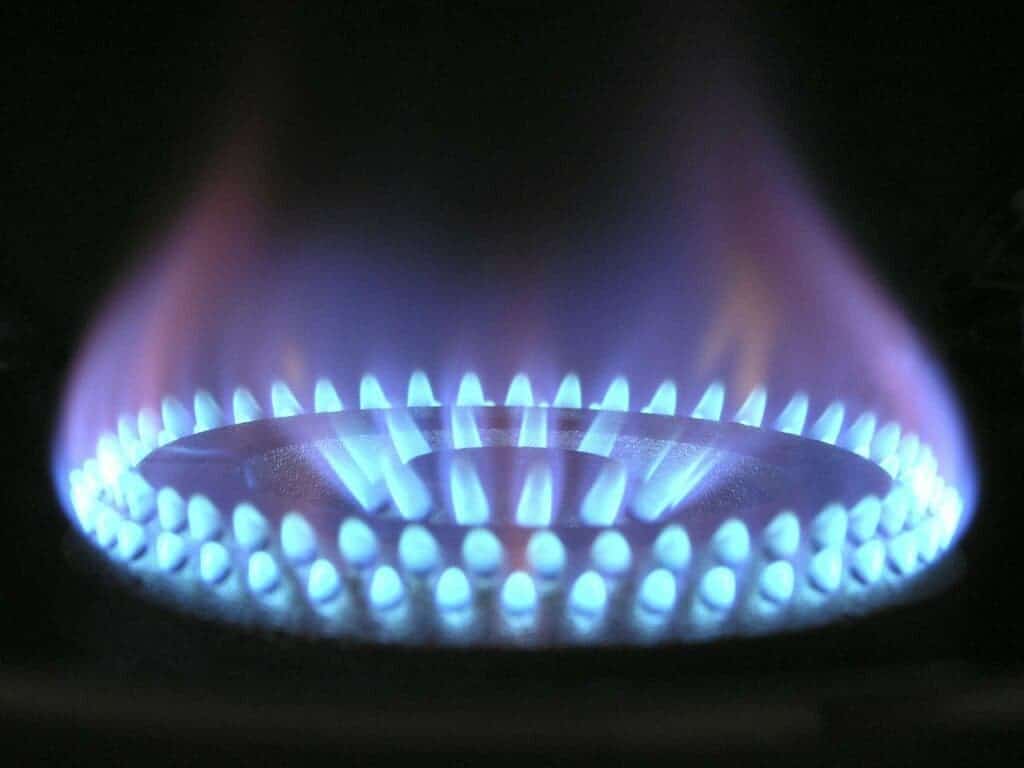Methane, a powerful greenhouse gas, is leaking from your stove even when it is not in use. In fact, most of the methane they leak happens while the stoves are not being used. Although individually, each stove doesn’t leak much of the gas, the effect adds up tremendously over the whole USA.

Leaky troubles
“Simply owning a natural gas stove, and having natural gas pipes and fittings in your home, leads to more emissions over 24 hours than the amount emitted while the burners are on,” says Stanford Professor of Earth Sciences Rob Jackson, co-author of the study.
The team measured the methane released from the cooking stoves in 53 homes in the state of California. They recorded the quantity of methane that leaked whenever the knobs of the stove were turned, in the moments before the gas lit on fire. They also recorded how much methane escaped unburned during cooking. However, the main advantage of this study over comparative ones is that it also measured how much methane was released when the stoves were not in use.
According to the results, a surprising 80% of the methane leaks recorded during the study were observed while the stoves were not in use. These came from loose couplings and fittings between the stove and gas distribution pipes. Eric Lebel, the study’s lead author, says that their results come to address the lack of data on “incomplete combustion from appliances,” offering up a valuable piece of the climate change puzzle.
The stoves and cooktops studied in this study belonged to 18 different brands, and varied in age from between 3 to 30 years old. Stoves using pilot lights leaked more than those equipped with an electronic sparker.
According to the measurements, the team estimates that around 1.3% of the gas used in a stove leaks into the atmosphere — which, individually, is a small quantity. Added up over the more than 40 million gas stoves in the U.S., however, this amounts to a significant quantity of greenhouse gas. Overall, the climate-warming effect of this quantity of methane would be equivalent to the emissions of 500,000 gasoline-powered cars.
Such leaks become important when considering the global push against greenhouse gas emissions. The E.P.A. estimates that buildings account for more than 10% of the greenhouse gas emissions in the USA.
The authors advocate that switching to electric stoves would help slash these emissions. It would also help in the broader sense that making a switch here would make people more comfortable to switching other, larger sources of domestic emissions such as the furnace, water heater, and clothes dryer.
That being said, they are aware that such a switch isn’t viable for many people, such as renters as those who can’t afford to purchase an electric stove. In these cases, there is a simple step everyone can take to limit methane emissions in their home:
“Pull the stove out from the wall and tighten the connectors to the stove and to the nearby pipes,” Jackson says.
In order to remove these emissions completely, however, the team underlines that the only real option is to switch to an electric stove entirely.
The paper “Methane and NOx Emissions from Natural Gas Stoves, Cooktops, and Ovens in Residential Homes” has been published in the journal Energy and Climate.






